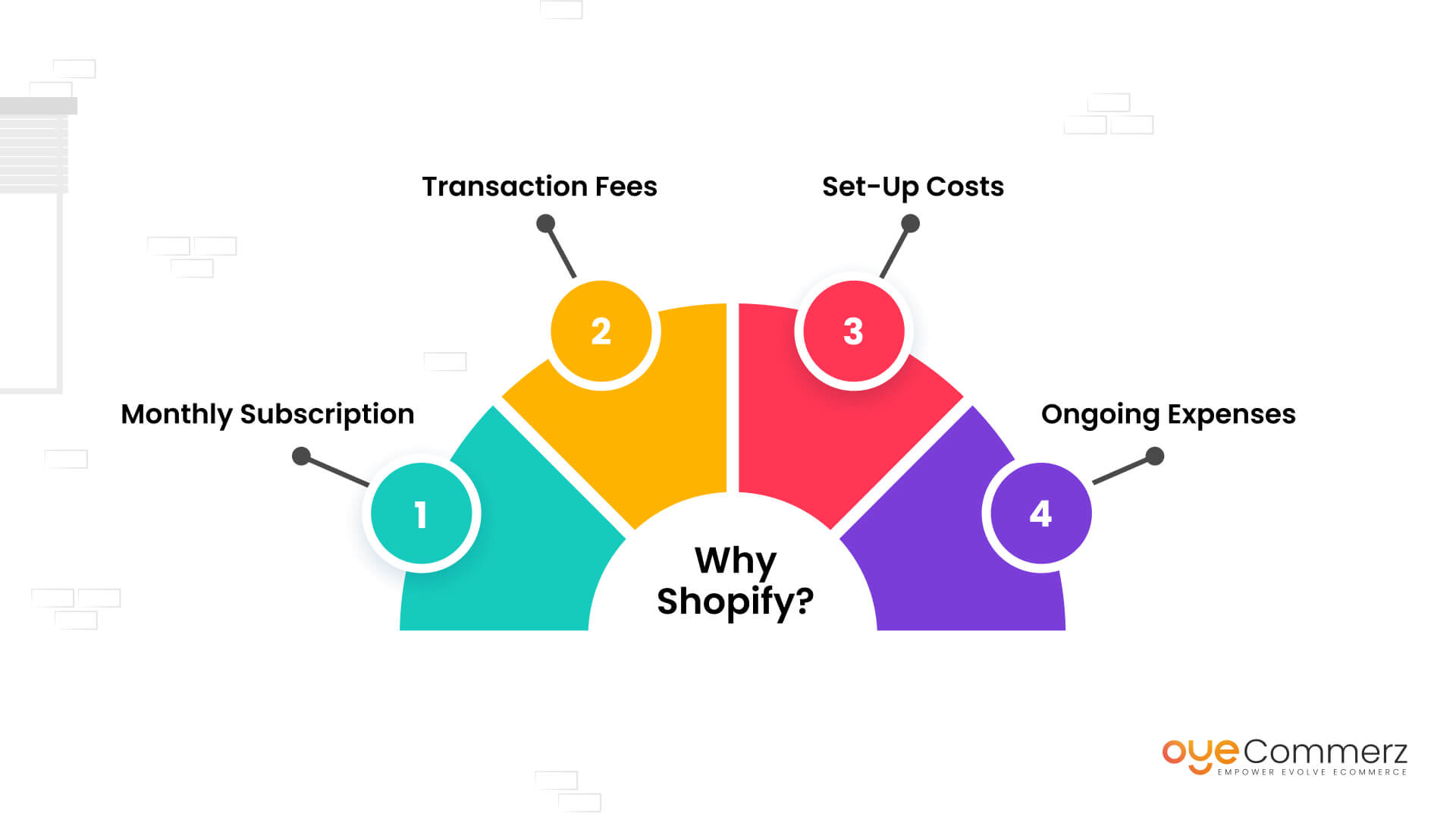Shifting from WordPress to Shopify marks an exciting step toward streamlining your e-commerce processes. As businesses grow, selecting a platform that supports growth potential, UX, and flexibility is essential. Shopify has emerged as a preferred choice for online merchants, offering unmatched flexibility, data protection, and ease of use. In this guide, we’ll explore the transformative impact of this migration, discuss the benefits, and share practical tips to ensure a smooth transition.
1. Why Migrate from WordPress to Shopify?
The combination of WordPress and WooCommerce, continues to support countless e-commerce platforms. Nevertheless, as businesses scale, challenges like reliance on plugins, security vulnerabilities, and technical complexities can hinder growth. Shopify, specifically created for e-commerce, addresses these concerns with an all-in-one, intuitive platform. Statistics supports this transition—Shopify hosts over 4.4 million websites worldwide, with a reported 10% boost to sales performance for numerous merchants post-switch.
2. Shopify's Perks for Thriving Online Stores
Shopify’s robust ecosystem caters for expanding businesses. Its notable benefits include:
- Effortless Design Flexibility: Shopify provides over 80 expertly crafted themes.
- Integrated Tools: Capabilities such as Shopify Payments and built-in SEO save time and effort.
- Global Reach: Currency versatility and localization features enable brands to expand internationally.
Additionally, Shopify delivers an uptime rate of 99.98%, ensuring your store remains accessible.
3. Preparing for WP to Shopify Migration
Prior to starting the migration process, assess your existing setup. Review product data, customer details, and search engine rankings. Tools like Shopify’s Migration Kit or external tools can simplify this process. Develop a comprehensive plan, making sure all assets—product descriptions, media files, and blog content—are ready for seamless import.
4. Data Migration: A Critical Step
Data migration forms the foundation for a smooth platform switch. When migrating from WordPress to Shopify, focus on:
- Product Information: SKU, descriptions, and categories.
- Client Information: Emails, purchase records, and preferences.
- Search Engine Considerations: Preserve meta tags, URLs, and redirects Shopify setup and customization to maintain search rankings.
Leverage apps like LitExtension to facilitate seamless migration while minimizing errors.
5. Customizing Your Shopify Store
Post-migration, customizing your Shopify store helps it reflects your business identity. Take advantage of Shopify’s intuitive page builder to create layouts with ease. Shopify's templates are mobile-responsive, ensuring a smooth user experience across devices—a key point, since 74% of e-commerce traffic comes from mobile visitors.
6. How to Protect Your SEO Rankings When Switching Platforms
Search engine optimization is crucial for maintaining your online presence during migration. Shopify is highly optimized for search engines with organized link formatting, preloaded features, and seamless blog integration. Ensure:
- Set up URL forwarding for existing links.
- Optimize new pages with targeted phrases.
- Leverage plugins like Plug in SEO to track analytics post-migration.
7. Essential Tests After Migrating to Shopify
After finishing the transfer, run detailed checks.
Review: - Page load times (Shopify boasts faster speeds in contrast with WP).
- Payment integration reliability and checkout processes.
- Mobile responsiveness.
Quality assurance guarantees your store delivers a seamless shopping experience from day one.
8. Real-Life Success Story
An example of effective platform switching is Gymshark, a sportswear company that transitioned to Shopify. Post-migration, the company saw a 60% increase in mobile sales and significantly lowered site downtime. This showcases the capabilities of Shopify in enhancing online business success.
9. Overcoming Common Migration Issues
Migration comes with challenges, such as data integrity and adjusting tailored features. However, Shopify’s extensive assistance and third-party experts simplify the process. Partnering with qualified Shopify developers ensures a smooth transition.
10. Making the Switch: The First Step Toward Success
Switching from WordPress to Shopify represents a forward-thinking decision to e-commerce. By addressing scalability, simplifying management, and enhancing the customer experience, Shopify empowers businesses to thrive in challenging industries.
Conclusion
Switching from WordPress to Shopify offers a smart solution that can significantly boost your online business performance. With a well-structured strategy, the Migrating online stores to Shopify right tools, and expert support, you can unlock new growth opportunities.
Excited to start the journey? Let’s discuss how our Shopify migration services can transform your e-commerce platform. Contact us now, or consider: Is it time to seize Shopify’s advantages for your store?
